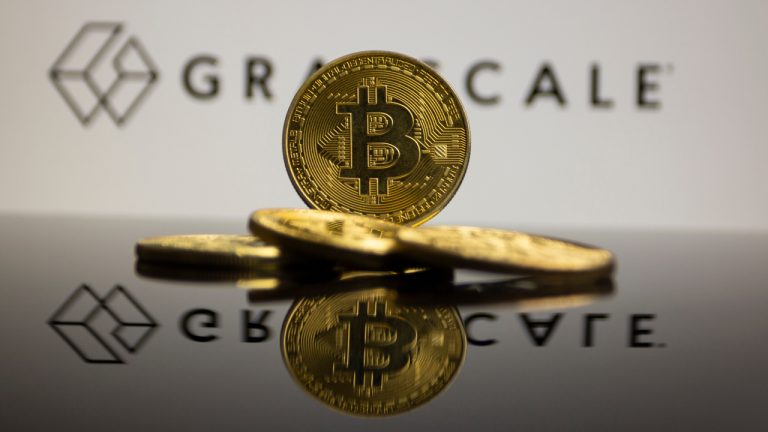
Bitcoin price recaptured the $22,000 level, but pending regulatory action against stablecoins and today's CPI report are front of mind for many investors.
After twenty days of holding the $22,500 support, Bitcoin (BTC) price finally broke down on Feb. 9. Bullish traders had placed their hope on a sustained rally, but this has been replaced by a tight trading range with resistance at $22,000.
The downtrend is even more concerning since the S&P 500 is trading near its highest level in six months, yet the wider crypto market continues to correct.
Regulatory pressure, mainly in the United States, can explain Bitcoin's recent lackluster performance. For starters, on Jan. 9, Kraken exchange reached an agreement with the United States Securities and Exchange Commission (SEC) to stop offering staking services to U.S. clients. The crypto also firm agreed to pay $30 million in disgorgement, prejudgment interest and civil penalties.
On Feb. 10, cryptocurrency lending firm Nexo Capital announced that its yield-bearing Earn Interest product for U.S. customers would be shut down in April. Nexo pointed to its $45 million settlement with the SEC and other regulators on Jan. 19 as the reason for the service halting.
U.S. SEC Chair Gary Gensler issued a warning to crypto companies on Jan. 10 to "come in and follow the law," explaining that their business models were "rife with conflict" and claimed they needed to "disentangle" bundled products. Gensler said that such companies are required to register with the SEC.
Another blow to crypto market sentiment came on Feb. 13 after Paxos Trust Company announced the termination of its relationship with Binance for the branded U.S. dollar-pegged stablecoin BUSD amid an ongoing probe by New York state regulators.
On Feb. 14, the U.S. will report January's consumer price index data, which will reveal whether price increases have been subdued after the central bank's interest rate hikes. Typically, lower inflation rates would be celebrated as it reduces the pressure on the U.S. Federal Reserve (FED) to curb the economy. But on the other hand, lower consumer demand is likely to pressure corporate earnings, which could trigger the recessionary environment even further.
Let's look at Bitcoin derivatives metrics to better understand how professional traders are positioned in the current market conditions.
Asia-based stablecoin demand weakens, but there are signs of resilience
An excellent way to measure the overall demand for cryptocurrency in Asia is the USD Coin (USDC) premium, which is the difference between China-based peer-to-peer trades and the United States dollar.
Excessive buying demand tends to pressure the indicator above fair value at 104%, and during bearish markets, the stablecoin's market offer is flooded, causing a 4% or higher discount.

Currently, the USDC premium stands at 2%, down from 3% on Feb. 6, indicating declining demand for stablecoin buying in Asia. However, the indicator remains positive, indicating moderate buying activity from retail traders despite the 6% Bitcoin price decline in the period.
Still, one should monitor BTC futures markets to understand how professional traders are positioned.
The futures premium abandoned the neutral-to-bullish range
Retail traders usually avoid quarterly futures due to their price difference from spot markets. Meanwhile, professional traders prefer these instruments because they prevent the fluctuation of funding rates in a perpetual futures contract.

The three-month futures annualized premium should trade between +4% to +8% in healthy markets to cover costs and associated risks. Thus, when the futures trade below this range, it shows a lack of confidence from leverage buyers. This is typically a bearish indicator.
The chart shows declining momentum as the Bitcoin futures premium broke below the 4% neutral threshold on Feb. 8. This movement represents a return to a neutral-to-bearish sentiment that prevailed until mid-January.
Related: Coinbase CEO invites DC residents over for ice cream and crypto talk
Crypto traders are expecting further pressure from regulators
While Bitcoin's 9% drop since the failed $24,000 resistance test on Feb. 2 seems discouraging, the overwhelming negative regulatory newsflow has caused professional traders to become risk averse.
At the same time, the traditional market looks for further data before adding bullish positions. For example, investors would rather wait until the U.S. FED displays conviction on the end of the interest rate increase movement.
Currently, the odds favor bears as regulatory uncertainty provides a favorable environment for fear, uncertainty and doubt — even if the news is unrelated to Bitcoin and focused on crypto exchanges and stablecoins.
The views, thoughts and opinions expressed here are the authors’ alone and do not necessarily reflect or represent the views and opinions of Cointelegraph.
This article does not contain investment advice or recommendations. Every investment and trading move involves risk, and readers should conduct their own research when making a decision.

































